Terraced house for sale in Fournier Street, London E1
Just added* Calls to this number will be recorded for quality, compliance and training purposes.
Property description
This Grade ii-listed early Georgian townhouse lies on Fournier Street, the most coveted street in east London’s Spitalfields, within the Brick Lane and Fournier Street Conservation Area. The stately house and its countless original features have been beautifully preserved and restored, with fine panelling, plasterwork, joinery and chimneypieces throughout. Internal accommodation extends to over 4,340 sq ft across five light-filled storeys, including a further one-bedroom ancillary cottage in the rear courtyard garden. The house is crowned by a wonderful rooftop garden and is moments from some of east London’s best shops and restaurants, with the City and central London easily reached.
Setting the Scene
Fournier Street is considered the most historically and architecturally important residential street in Spitalfields, and indeed east London, along with neighbouring Princelet Street and Wilkes Street. All are nestled within the parish of Nicholas Hawksmoor’s English Baroque masterpiece, Christ Church Spitalfields, with this house directly facing the Church’s portico. The street is named after a man of Huguenot extraction, George Fournier, and the houses were built between the 1720s and 1750s, forming an exceptional collection of preserved early Georgian homes.
Fournier Street was the last to be built on what was known as the Wood-Michell estate. It was developed in response to the settlement of a significant community of wealthy French Huguenots around Spitalfields, many of whom brought silk-weaving skills from Nantes, Lyon and other cities. Silk-weaving activities occupied the uppermost floors to gain the best light for the looms – hence the development of the unusual highly glazed lofts in many of the houses. The ground-floor rooms commonly served as elaborate showrooms for the finished products, as illustrated by this home’s classic shop frontage.
Fournier Street was designed to be both well-appointed and of a higher standard than previous residential developments in the neighbouring streets and consequently, the houses were purchased and leased by the ‘master’ silk-weavers and silk mercers. The buildings are notable for their fine wooden panelling and elaborate joinery such as carved staircases, fireplaces and highly detailed door-cases which were constructed by the master craftsmen of the day. For more information, please see the History section below.
The Grand Tour
This home lies at the west end of the street, facing south and to Hawksmoor’s masterpiece opposite. The house was built by Peter Lequex, a successful silk merchant whose silks are held in the Metropolitan Museum’s collection. One of the ‘Big Four’ great houses of Spitalfields, the house is significantly larger than most houses in the area and uniquely has an open outlook to the front. The house was saved from dereliction in the 1990s after a long, slow decline, and the first phase of restoration works were carefully carried out by former owners and Spitalfields Historic Buildings Trust trustees.
The house is three bays wide and five storeys high and built from London stock brick, with a plain façade punctuated by tall box sash windows at the upper storeys. The raised ground floor forms an old glass-paned shop front, with a ghost sign that reads ‘W&A Jones’ set above. In a previous incarnation, this floor acted as a pawnbroker, and the sign was carefully restored by local craftsman Jim Howett in 1998, who used a palette knife to pick away at the old paint to reveal the typeface underneath. A blind door, now concealed behind shutters, once led to the shop, and the adjacent door leads to the home’s private entrance hall. Decorative artist Ian Harper employed his signature woodgraining technique on the front door, echoed by many of the neighbouring houses. The house has monitored burglar and fire alarms, an intercom entry system, and the front door furniture includes triple Banham locks in a brass finish. A tall transom light is set above.
Opening to the vast panelled entrance hall, the remarkable original dogleg staircase lies ahead, with a characteristic square-end mahogany handrail and decorative balusters. Much of the works carried out in the house over the years have been done by local artisans, with the original 18th-century pine floorboards restored by hand by woodwork specialist Vinda Saax. Cast-iron radiators feature throughout the house, running on a Nest system, and Edward Bulmer paints were used for walls and Brouns linseed oil paints for windows and surrounds, many in bespoke colours. The first of several dummy six-panel doors are apparent here and are found at each level, an idiosyncratic feature, giving the appearance of an even larger house.
A bipartite reception room lies off the hallway, with fully panelled walls incorporating a dado rail and fine dentil cornice rests above, framing the elevations. An Italianate archway flanked by two internal sash windows connects the two rooms, and simple eared fire surrounds feature in both rooms, with marble slips, and working fires with cast-iron baskets. The light in these spaces is particularly excellent care of the glazed shopfront and two further sash windows to the rear.
The lower ground floor is home to the kitchen, service areas and further space for informal seating and dining. Patrick Williams of the widely acclaimed Berdoulat consulted on the design, which incorporates a glazed pantry and wine cellar. Yorkstone flags in a warm brown hue – worn to a pleasing honed finish after centuries of use – are warmed by underfloor heating throughout this floor, and the walls are all lime-plastered. As part of the extensive renovation works, the floor level was carefully lowered, allowing for an unusually excellent ceiling height.
The kitchen is comprised of panelled wood cupboards and a double butler sink is set near the window, with a brass cross-head mixer tap. A further stone sink is positioned in an alcove to the rear of the room, with hand-decorated tiles set above by the late Simon Pettet, the subject of a recent exhibition at the Dennis Severs house on Folgate Street. A dresser lines one wall of the kitchen, and appliances are by Fisher and Paykel, while an adjacent scullery houses the dishwasher and an additional prep sink. A wet room lies opposite the scullery and the walls are lined with Dutch Frisian tiles to subtly reflect the age of the house. There is another room to the rear of the kitchen; currently used as a cosy informal sitting room, it could also make for an excellent breakfast area.
Ascending to the first floor, the spacious stairwell and landing space open separately to both the drawing room and library, with an interior door conveniently connecting the two. Further panelling unifies both the rooms, with exceptional cornicing evident in the drawing room to the front of the plan. The library also has chimney surround with marble slips and is lined with an exceptionally rare set of 17th-century tiles; fitted cupboards lie on either side in the alcoves. The windows in this space, and indeed most of the home’s rear windows, are also incredibly rare survivals from the 18th century, all meticulously restored. The drawing room lies to the front of the plan, with a trio of original shuttered windows looking to the church opposite. An eared chimneypiece of Baroque design acts as the centrepiece of the room, with an open hearth and working fire. Further original cupboards lie on either side, also set in the alcoves.
Sleeping quarters are set on the second and third storeys, with the principal bedroom suite on the second floor, to the front of the plan. The bedroom features box cornicing, a charming chimneypiece with a hob grate and large cupboards in the alcoves. A jib door connects to the en suite bathroom, with Venetian plaster walls set above wainscotting. The box bath has Carrara marble atop and is thoughtfully positioned so that views look immediately to the church when bathing. Brassware is nickel-plated and supplied by Aston Matthews. Another bedroom lies to the rear of this floor.
The uppermost storey is home to two additional bedrooms, with chimney pieces rescued from a now-demolished old house on nearby Wellcose Square. There is also a small laundry room on this floor and the bedrooms share a bathroom, with nickel-plated brassware by cp Hart, a Frisian tile-lined shower and a separate bath. Arabescato marble is thoughtfully used as decorative dressings.
To the rear of the house, opposite the courtyard garden is a one-bedroom ancillary accommodation. Built in the 19th century, it is known as ‘The Banana House’ as it at one time functioned as a banana ripening warehouse for unripened bananas that arrived from the Caribbean at the nearby London Docks. As a nod to the original use, mature banana trees still define the planting in the courtyard outside.
The Great Outdoors
The courtyard garden is a charming, secluded and shaded exterior space, with the tall west wall festooned in mature wisteria, allowing for a wonderful scent in summertime. Banana trees provide cover with their verdant fronds, and an early Peter Hone plaster frieze sits on the east wall above a cast-iron trough with a feature fountain.
A wonderful, unexpected feature, the home has an additional perennial roof garden, accessed by a charming box staircase from the uppermost storey. With exceptional views of the church tower and surrounding rooftops, the garden was designed by DelBuono Gazerwitz and thoughtfully planted with yellow climbing roses, jasmine, hydrangeas and bay. Strawberries and kale are also planted in the deep beds.
Teak decking forms a terrace, surrounded by external storage in the eaves behind plank doors, and the garden has a self-watering irrigation system. There is a resident robin, while a hawk lives on the bell tower of the church and can sometimes be seen feeding its chicks. The roof’s high elevation means that, when the bells peel
For more information about this property, please contact
Inigo, SE1 on +44 20 8128 9436 * (local rate)
Disclaimer
Property descriptions and related information displayed on this page, with the exclusion of Running Costs data, are marketing materials provided by Inigo, and do not constitute property particulars. Please contact Inigo for full details and further information. The Running Costs data displayed on this page are provided by PrimeLocation to give an indication of potential running costs based on various data sources. PrimeLocation does not warrant or accept any responsibility for the accuracy or completeness of the property descriptions, related information or Running Costs data provided here.


































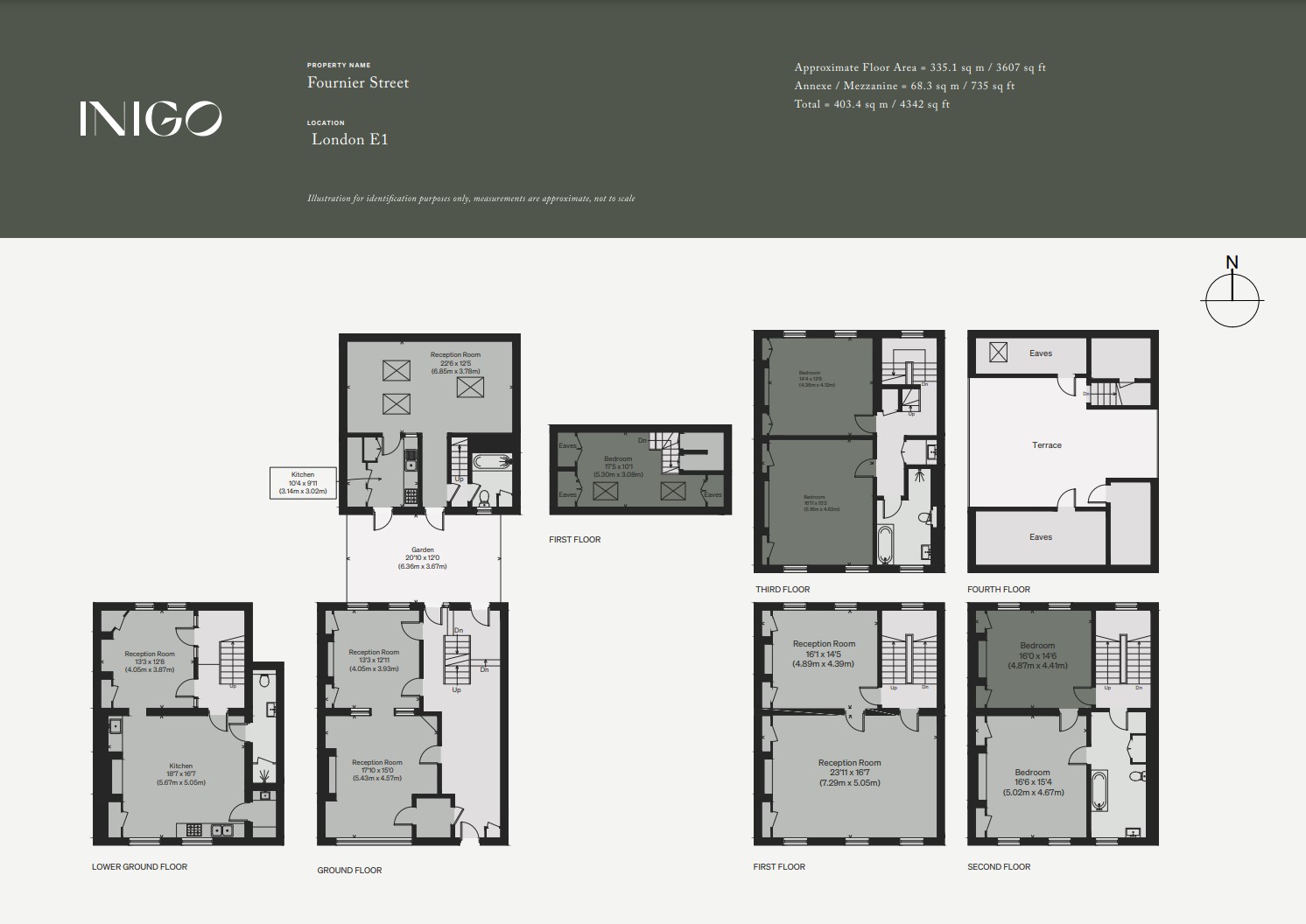
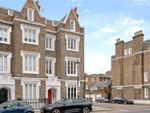
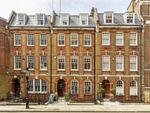
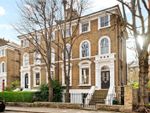
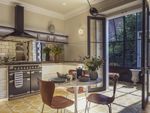
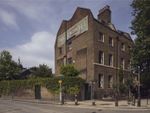

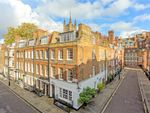
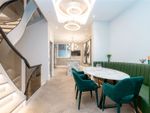
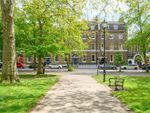
.png)
